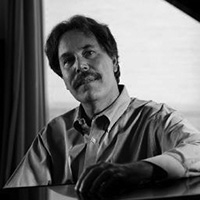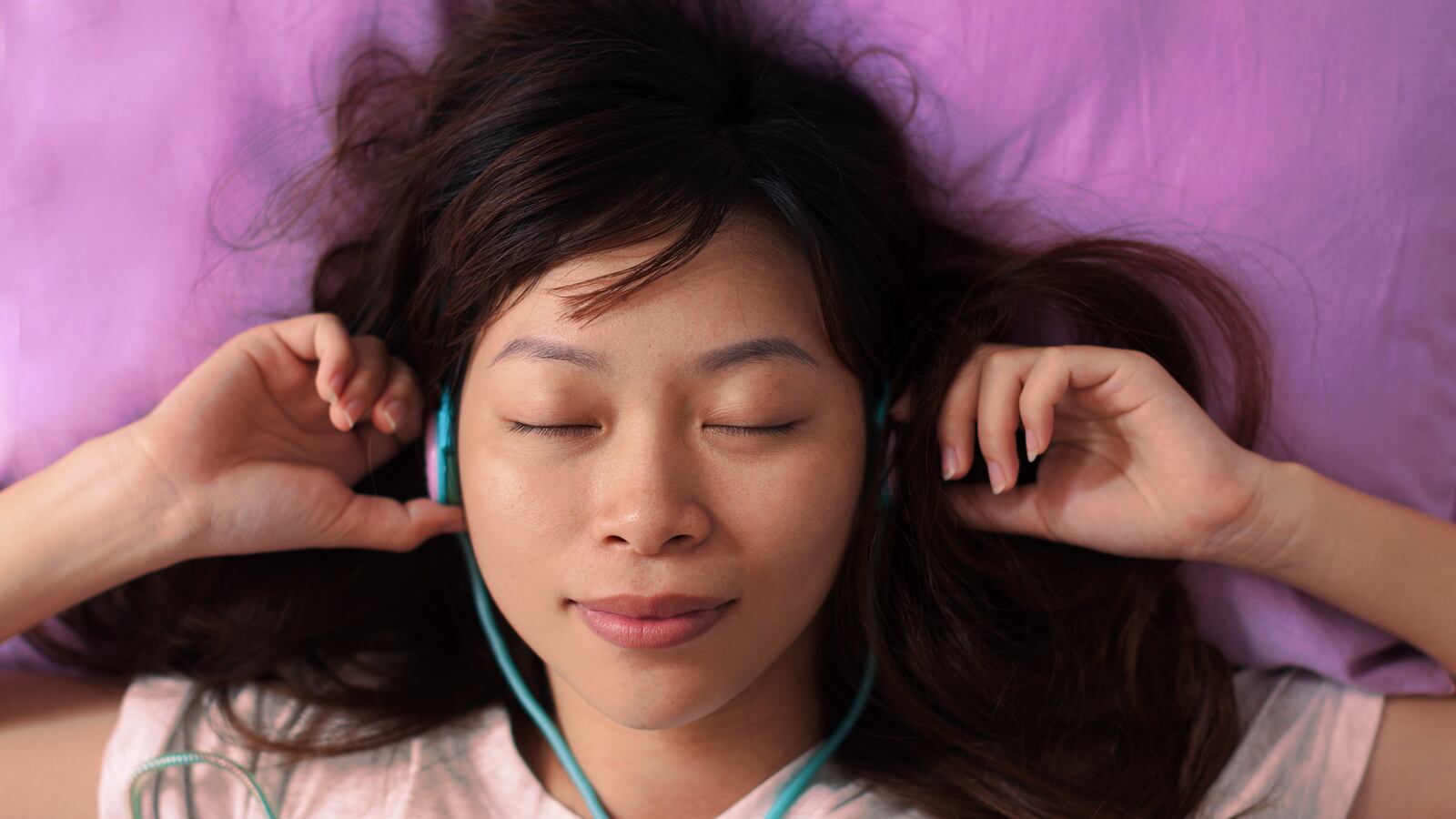Entrepreneurs recently developed a pillow that plays music while you sleep. You can program it with your smartphone, and it comes equipped with a host of special features—including data analysis of your “snore score.” The pillow has its own playlist, but you can also create a personal mix of tunes to snooze by.
The developers of Zeeq (as the product is called) have raised $325,000 via Kickstarter to fund mass production of their musical pillow. Zeeq, they proclaim, “is not just another device or accessory, it is an active participant in your sleep.”
I give these inventors credit. They are launching their product at a moment when the market for sleep music is starting to stir. In recent months, I’ve encountered a surprising number of creative projects targeted at an unconscious audience.
But this raises many questions: Is sleep music a real genre? If it is, what role should music critics play in this emerging field? How can I review a performance if I slept through it?
Of course, sleep music has always existed. However, the consumers, until recently, were babies. The songs were called lullabies (a word avoided by many of the new high-tech purveyors of sleep music). And babies, let me remind you, aren’t the kind of consumer the music industry usually targets.
Infants just don’t have enough discretionary cash. Their Arbitron numbers suck.
For sleep music to rise from the cradle and conquer the world, a different demographic is necessary. What better target market than app-happy tech buyers? Welcome to the new world of sleep music for grownups. It ain’t your grandma’s lullaby anymore.
Composer Max Richter staked his own reputation on music for sleepers with the release of the eight-hour album Sleep last September. He calls the work his “manifesto for a slower pace of existence.” Richter doesn’t encourage active listening—his music is supposed to put you out and keep you sleeping. The composer worked with neurologist David Eagleman on the project, and describes it as an “experiment into how music and consciousness connect.”
At almost the same moment, actor Jeff Bridges, star of Hollywood movies and a credible musician in his own right, offered his own cranky Sleeping Tapes—available for free streaming on a website for insomniacs. But unlike Richter, who leaves out any words in his sleep music, Bridges adds occasional exhortations.
I admire Richter, but he can’t match Bridges when he gets into his groove. Deep into the Sleep Tapes, we hear this this rambling (but perhaps inspiring) monologue:
Now, as a way to put you in a good mood before you go to bed, I’d like to give you some affirmations. So just sit back and close your eyes. [Pause] You are a good person. You are worth all the good things that happened in your life. [Pause] You are intelligent. [Pause] I like your haircut. [Pause] You belong, and are accepted. [Pause] You matter to many people. [Pause] You have strong hands. [Pause] Capable of woodworking….
But there are plenty of competitors to Richter and Bridges in the growing “sleep music” category. Check out the band Sleep Gardens or Gridline’s Music for Sleepers. Let me rephrase that: Maybe you will be the one checking out once you start sampling these aural equivalents of Ambien.
Spotify now has a sleep channel. There’s even a Reddit thread for “Somnolent Music.” That’s where drowsy-eyed listeners share their favorite tracks for slumber time.
Until recently, the world of sleep music for adults existed on the fringes of medical science. Some of the research is fascinating. Track down a copy of Journeys Out of the Body, the eerie 1971 memoir of radio executive Robert Monroe, who helped popularize the term “out-of-body-experience” and invented a technology called Hemi-Sync for relaxation, sleeping, and encouraging altered mind states. The technique still has a small but devoted cult following today. I also call attention to Dr. Jeffrey Thompson’s Delta Sleep System, introduced in the ’90s, which I’ve tried myself. (Hey, it worked, I fell asleep—then again I always tend to fall asleep.) A whole host of related technologies exist to influence brainwaves with binaural beats, and these have been used to treat anxiety, insomnia, and other conditions.
But the new generation of somnolent artists aren’t researchers with Ph.Ds. They are musicians looking to sells records, build a following, and pursue their creative vision. They may consult with sleep experts, but their primary goals are aesthetic and commercial.
Many will ridicule this music, or dismiss it as a stunt. But I see something deeper at work in these recording projects. A generation ago, philosopher Arthur Danto predicted that art would return to what has always been its primary role, namely meeting human needs. If we take that admonition to heart, sleep music is not only a valid genre, but perhaps an important one.
Music critics almost always focus on the superstars who perform music, and rarely consider the ways actual people turn to songs for their powers of transformation and enchantment. I’ve written three books focused on that amazing process—Work Songs (2006), Healing Songs (2006) and Love Songs: The Hidden History (2016)—and have learned firsthand how these moments of personal transcendence from music have been omitted from the history books. I believe this is now changing, especially as we leave the postmodern era behind and are forced to ask hard questions about the real and potential role of music in our lives.
So don’t dismiss sleep music. I doubt this is just a passing fad. In fact, I wouldn’t be surprised if other music genres emerge defined by their functional use situations instead of tired commercial categories. This might even signal a major shift in the music business. I suspect that the entertainment industry could take advantage of sleep music and other similar human-centered genres. Frankly, I’ll be curious to see if any of the major labels wake up to the opportunity.






